Ethylene glycol monovinyl ether, also known as 2-vinyloxyethanol, is an organic compound with the chemical formula C4H8O2. Here’s a brief description:
- Chemical Structure: Ethylene glycol monovinyl ether consists of an ethylene glycol backbone with a vinyl group (-CH=CH2) attached to one of the hydroxyl groups (-OH).
- Physical Properties:
- Appearance: Ethylene glycol monovinyl ether is a colorless liquid with a faint, characteristic odor.
- Boiling Point: The boiling point of ethylene glycol monovinyl ether is approximately 157°C.
- Density: It has a density of about 1.08 g/cm³.
- Solubility: It is miscible with water and many organic solvents.
- Synthesis: Ethylene glycol monovinyl ether can be synthesized by the reaction of ethylene oxide with vinyl alcohol, followed by purification.
- Applications:
- Chemical Intermediate: Ethylene glycol monovinyl ether is primarily used as a chemical intermediate in organic synthesis. It can undergo various reactions, including polymerization, etherification, and addition reactions, to produce a wide range of compounds.
- Monomer: It can be polymerized to form poly(ethylene glycol monovinyl ether), which finds applications in coatings, adhesives, and specialty materials.
- Solvent: Ethylene glycol monovinyl ether is used as a solvent in organic synthesis and as a starting material for the synthesis of other organic compounds.
- Reagent: It is used as a reagent in certain chemical reactions, such as the synthesis of polymers and surface coatings.
- Health and Safety Considerations:
- Ethylene glycol monovinyl ether may cause irritation to the skin, eyes, and respiratory tract upon contact or inhalation.
- Prolonged or repeated exposure to high concentrations may cause adverse health effects.
- Adequate ventilation and proper personal protective equipment (PPE), such as gloves and goggles, should be used when handling ethylene glycol monovinyl ether.
- Environmental Impact:
- Ethylene glycol monovinyl ether may have environmental implications if released into the environment. It can contribute to air pollution and may be harmful to aquatic organisms.
- Proper handling, storage, and disposal practices should be followed to minimize environmental contamination.


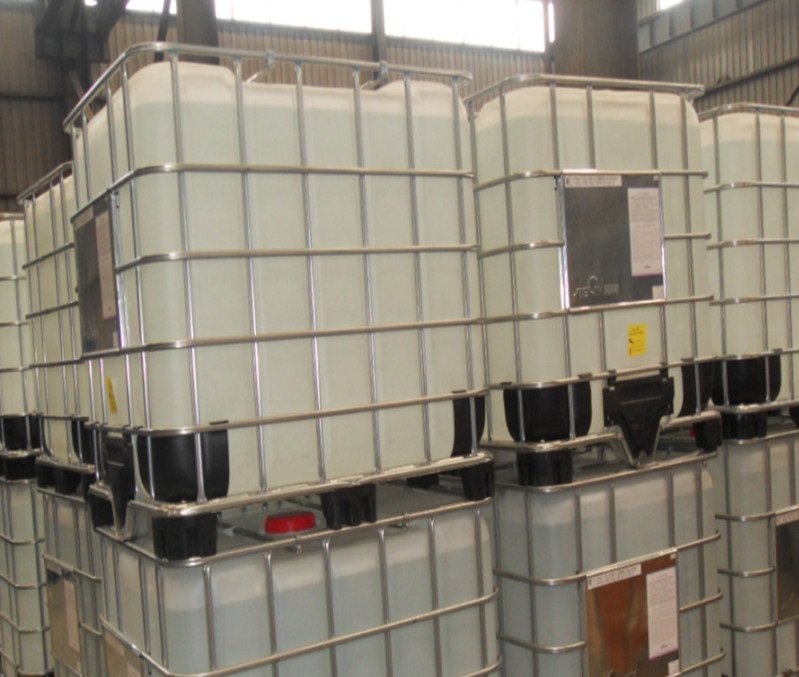
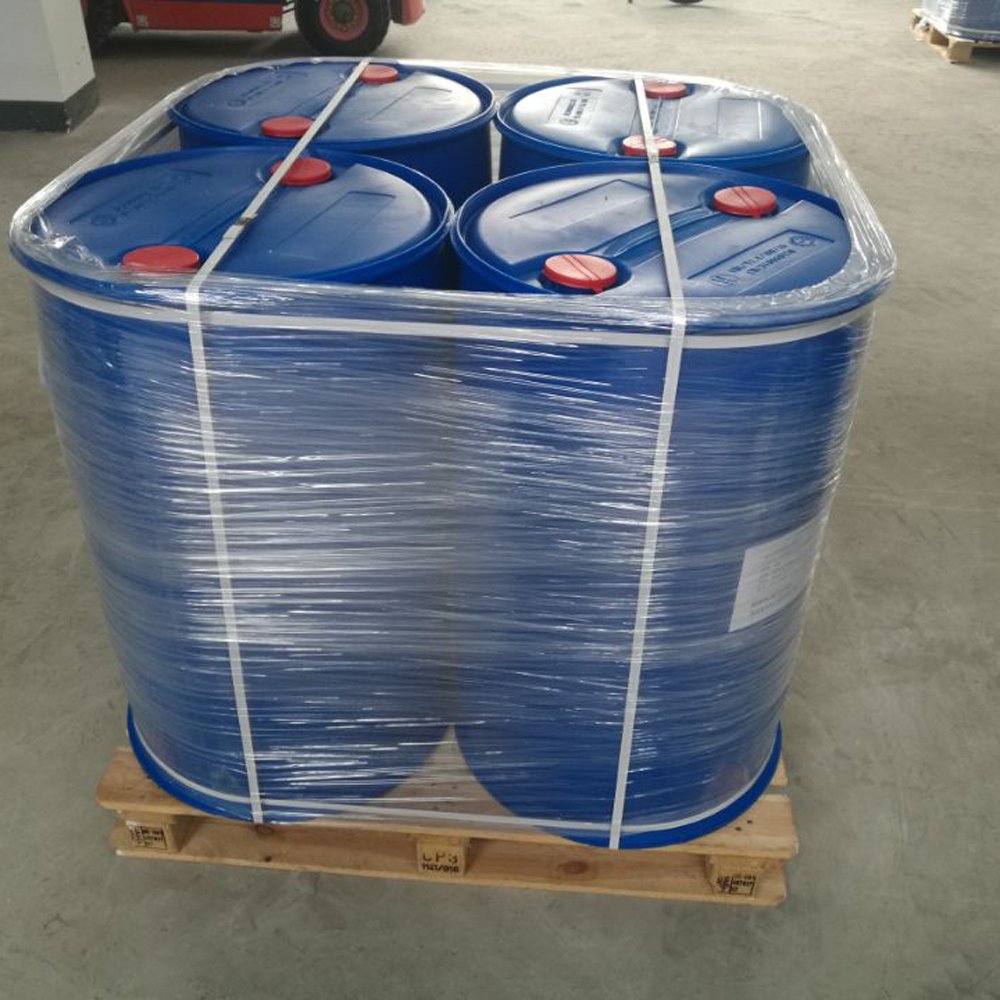
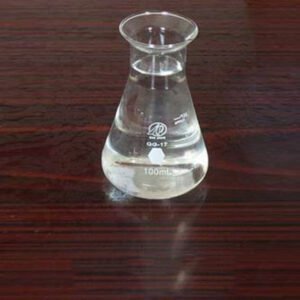
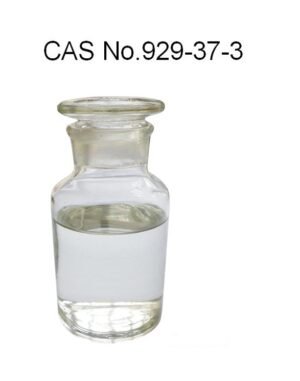
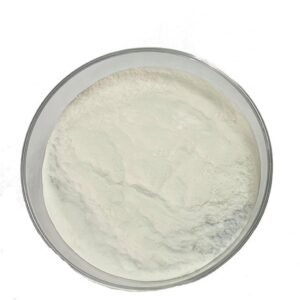



Reviews
There are no reviews yet.